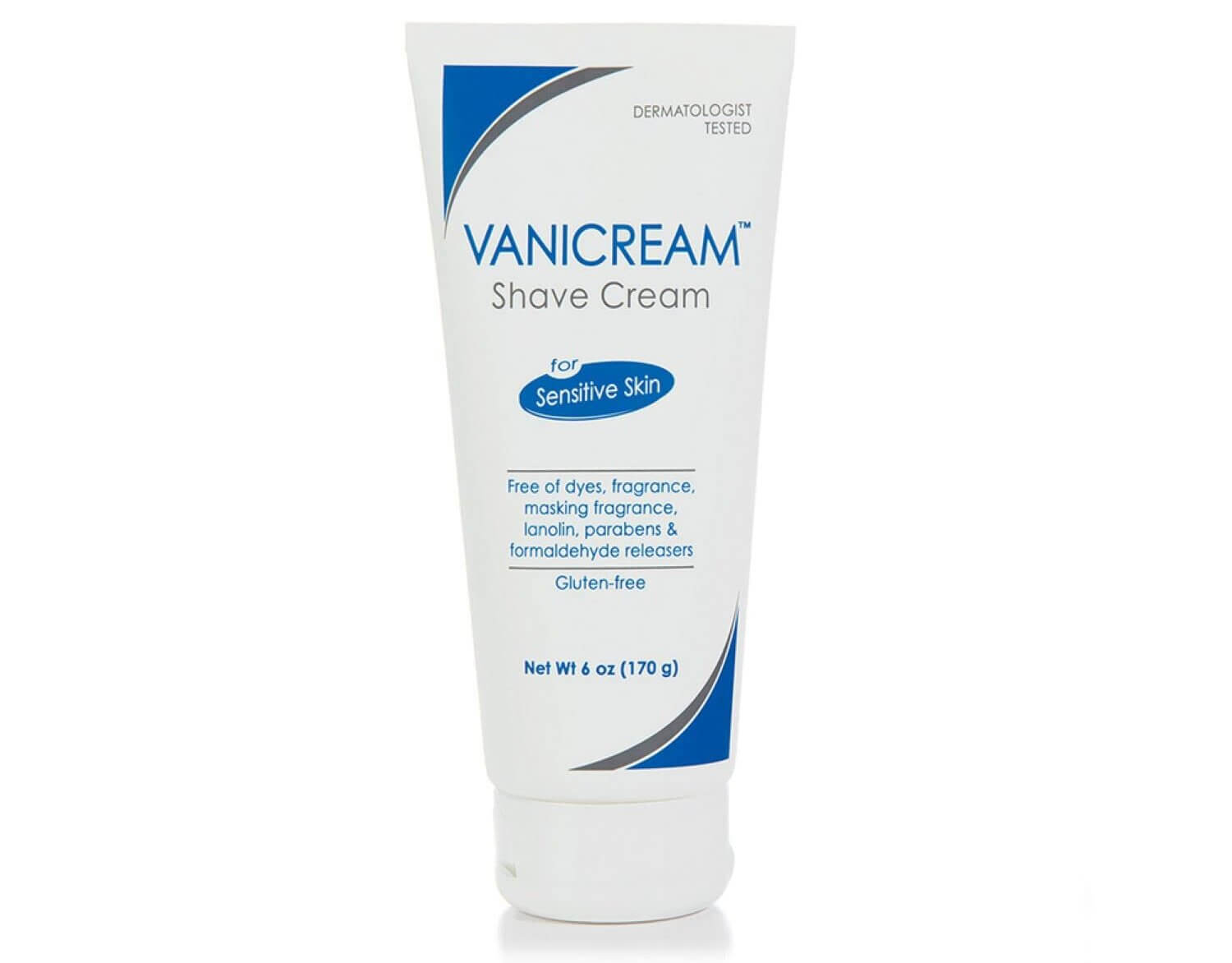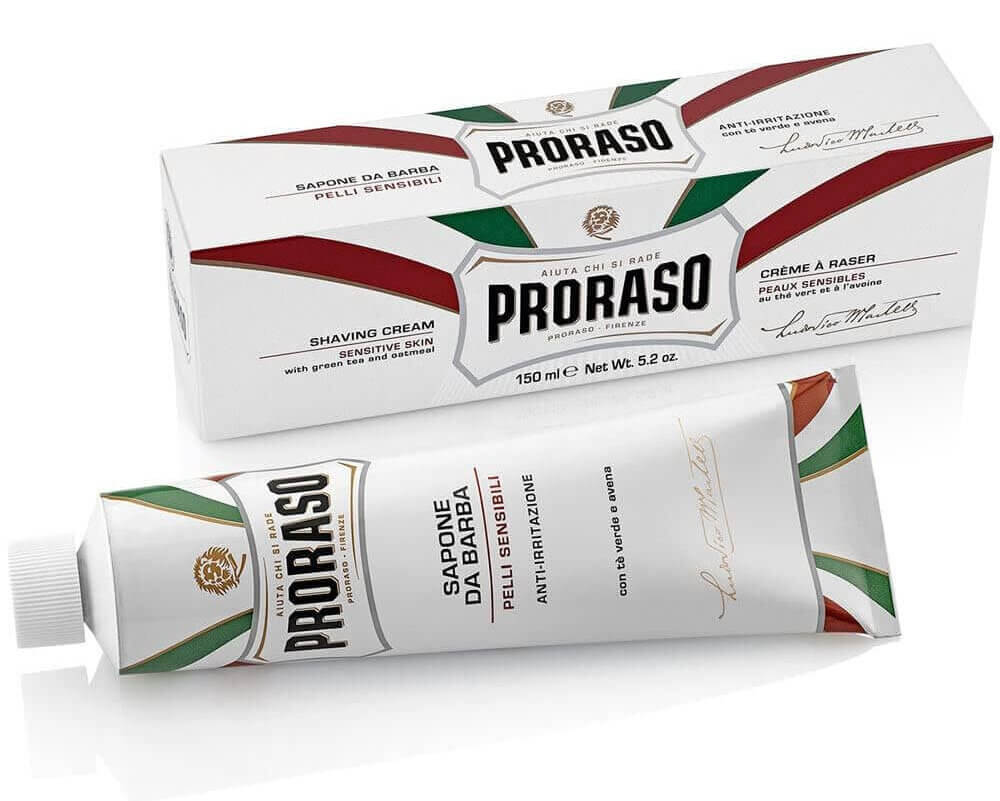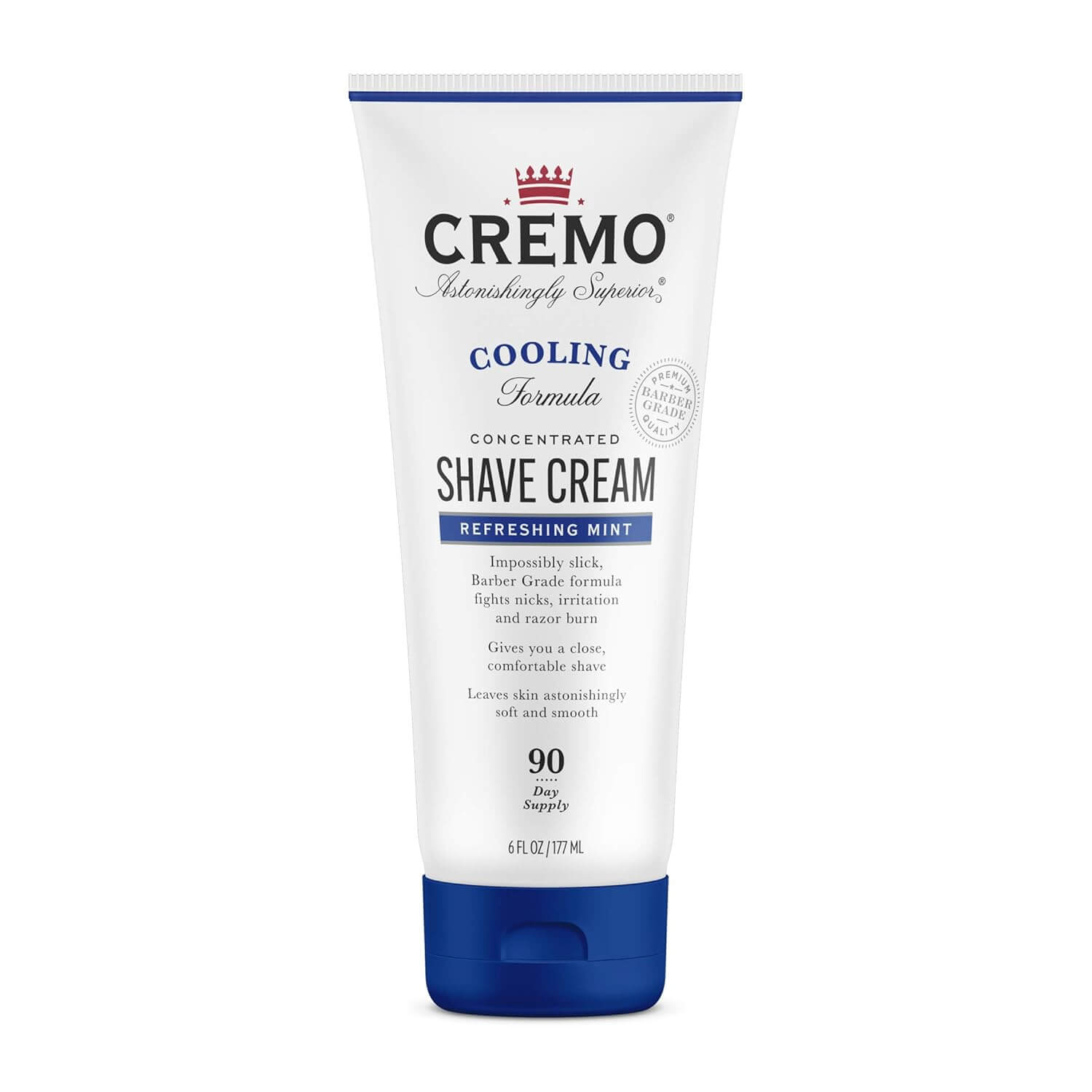
Someone shaving their legs (Photo by Karolina Grabowska on Pixels)
Struggling with razor burn, irritation, and post-shave redness? You’re not alone. While countless products promise a smooth shaving experience, finding the best shaving cream for sensitive skin can feel like searching for a needle in a haystack – especially with so many popular brands like eos lotion, Aveeno, and more with so many different formulas. After extensive research of dermatologist and consumer reviews, we’ve identified the shaving creams that truly deliver on their promises, combining gentle, nourishing ingredients with superior razor glide. Whether you’re dealing with persistent irritation or just trying to maintain your skin’s delicate balance, these top-performing formulas will transform your shaving routine from a daily ordeal into a comfortable, irritation-free experience.
StudyFinds is a research-driven platform that analyzes and synthesizes expert recommendations from trusted sources. Rather than writing reviews ourselves, we meticulously compile consensus findings from leading industry experts and established publications to save consumers valuable research time. Each article represents hours of analysis across multiple authoritative sources to identify the most consistently recommended choices.
Top 5 Shaving Creams for Sensitive Skin, According to Experts
1. Vanicream Shaving Cream
Vanicream turns the chore of shaving into a soothing ritual. Few shaving creams stand as steadfast guardians for sensitive skin like Vanicream Shaving Cream. This product “minimizes friction between skin and razor and has all those hydrating ingredients with none of the sneaky preservatives that can cause problems that people don’t even realize.” Best of all it is free of irritating ingredients like alcohol, gluten, essential oils, dyes, and fragrances, while still offering “rejuvenating ingredients, such as glycerin and panthenol, which improve moisturization and healing,” writes Spy.

With a rich, non-lathering formula, Vanicream creates the perfect protective cushioning for the ultimate shave. Its high-quality ingredients result in a rich afterglow. This gluten-free shave cream is a safe haven for many with gluten sensitivity. The Vanicream Shave Cream is great “for those with sensitive skin because it’s free of fragrances, alcohols, and parabens. It nourishes the skin, helping to reduce irritation and bumps by minimizing friction between the skin and the razor blade. The cream has a non-lathering formula, which means you’ll be able to see where you’re shaving,” says NBC News.
The product not only caters to delicate skin types but also reminds us of the power of doing more with less. As Lovely Skin summarizes, “Vanicream is dedicated to developing mild, hypoallergenic products for skin that feels easily irritated.” Featuring a non-lathering texture, “Vanicream differs from traditional foamy shaving cream with a minimal ingredient list that is free of skin allergens including lanolin, fragrance, dyes and preservatives.”
2. Aveeno Therapeutic Shave Gel
For an excellent post-shave feel, Aveeno Therapeutic Shave Gel is among the best. Formulated for those with sensitive skin, this shaving gel offers a delicate touch for those with sensitive skin. As Spy says, “Not only is the Aveeno Therapeutic Shave Gel budget-friendly, but it’s a great product for people with sensitive skin because they use oatmeal, vitamin E, and glycerin, which is another hydrating ingredient for all skin types.” And unlike some shave gels that don’t work with oily skin, “this one does and is available at any over-the-counter retailer.”

This Aveeno shaving gel not only erases any traces of irritation but also leaves your skin hair-free and rejuvenated. To add, the gel’s moisture-rich texture provides an effortless glide, ensuring that the blade moves smoothly from start to finish. As NBC News reports, “The Aveeno Therapeutic Shave Gel is hydrating and has oatmeal, which has soothing properties, and moisturizing vitamin E, which can prevent razor bumps.” Best for sensitive skin, “it’s formulated with a blend of hydrating and lubricating ingredients and it won’t clog your pores.”
As one of the best shaving creams for sensitive skin, this shaving gel prevents redness and quickly rehydrates the skin. With each application, the colloidal oatmeal forms a protective barrier, safeguarding your skin from the razor’s edge.
3. Proraso Sensitive Skin Shave Cream
Offering the lingering whisper of oatmeal and green tea, Proraso Sensitive Skin Shave Cream is one of the best shaving creams for sensitive skin. With soothing ingredients, comfort and care are but a few razor strokes away. As NBC News states, “Like many other shaving creams on this list, this one from Proraso contains glycerin, which helps moisturize the skin and allows the razor to glide across easily.” When using, “the eucalyptus oil helps soften facial hair and menthol provides a cooling effect on the skin.”

If skin irritation, redness, and dry skin are common issues when shaving, consider Proraso Sensitive Skin Shave Cream. Known for its antioxidant properties, this shaving cream nurtures the skin rather than subjecting it to unnecessary stress and ingredients. As LAMag breaks down, “This Italian shaving cream by Proraso offers a rich, creamy lather that prepares your skin for a close shave without unsightly razor burn.” It also “features skin-safe natural ingredients like green tea and oatmeal that soothe and protect your skin with light hints of lime and apple refresh but aren’t overpowering.” Lastly, “ninety percent of the ingredients are of natural origin.”
Combining natural ingredients with scientific formulation, Proraso shaving cream soothes, hydrates, and protects your skin while shaving. As a result, you’re left not just with a close shave but with also a revitalized complexion. As Spy says, “One of the issues with beards, in particular, is we don’t get enough exfoliation, which contributes to razor bumps. So knowing the cream has an extra boost of exfoliation is a feather in the cap here. It also has no mineral oils, parabens, phthalates or artificial colors.”
4. CREMO Cooling Shave Cream
Combining menthol and tea tree oil, Cremo Cooling Shave Cream delivers an effortless glide over your skin’s contours followed with an exhilarating cooling sensation. The cooling effect not only awakens your senses but also combats skin irritation, redness, and dryness. As LAMag says, “Looking to fight razor burn? This crisp, refreshing and cooling shave cream by Cremo is just what you need.” Containing a “lively blend of essential oils like peppermint, tea tree and menthol, these work in synergy to leave your skin in a state of complete bliss, while protecting against irritation associated with shaving.” Best of all, “your skin will be left astonishingly smooth and deliciously fragrant.”

If less tugging and more smoothness are important, Cremo Cooling Shave Cream is a must. When applied, the cream’s unique texture creates an ultra-slick surface that minimizes friction. As Pure Shave states, “Cremo’s Cooling Shave Cream is a popular choice for those with sensitive skin.” Why? Because “it contains natural ingredients such as peppermint oil, menthol, and tea tree oil which help to soothe and cool the skin.” To add, “it is also free from parabens, sulfates, and phthalates.”
One of the issues with sensitive skin is that skin irritation and redness can last for hours – causing more than discomfort. Fortunately, you don’t have to worry about that with Cremo Cooling Shave Cream. As Men’s Journal adds, “This barber-grade shaving cream from premium grooming brand Cremo guarantees an exceptionally smooth shave with soothing botanicals to invigorate your skin and prevent inflammation.” At its core, “the impressive blend of ingredients also includes numerous botanical antioxidants to boost skin resilience and turn back the clock on your complexion.”
5. eos Shea Butter Shave Cream
For those with dry and delicate skin, eon Shea Butter Shave Cream is one of the best shaving creams for sensitive skin. With a focus on hydration, this shave cream keeps your skin feeling soft, supple, and hydrated even hours after shaving. As Get Green Be Well says, “EOS Shaving Cream for Sensitive Skin is one of my favorite unscented shaving creams.” When testing, “it was thick to apply, but easy to remove and while I didn’t feel that it had much of a fragrance, it’s definitely not unscented.” Overall, “The lavender butter does add a bit of a scent while the Aloe Vera and Wild Oat is soothing.”

Formulated with shea butter, this shaving cream creates a velvety texture that ensures a drag-free shaving experience. This not only prevents skin irritation but ensures your skin glows and is well-moisturized. As InStyle writes, “The eOS Shea Butter Dry Skin Shave Cream is formulated especially for those struggling with irritation-prone skin — it’s even hypoallergenic and gynecologist-tested.” And while “the shea butter is the star of the show, the inclusion of colloidal oatmeal, a soothing ingredient traditionally used to keep skin conditions like eczema in check, also deserves some recognition.”
With eOS, shaving isn’t just about hair removal – it’s about celebrating your skin and keeping it at its best. Combining shea oil and shea butter, this shaving cream provides long-lasting hydration for all your toughest battles. As NBC News reports, “This shaving cream and in-shower lotion has a combination of shea oil and shea butter and can help moisturize the skin.” It’s safe to use “even in delicate areas and you can either rinse off the cream after shaving or leave it on like a lotion, according to the brand.”
- Spy
- LAMag
- In Style
- NBC News
- Lovely Skin
- Pure Shave
- Outlook India
- Men’s Journal
- Get Green Be Well





















